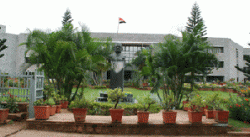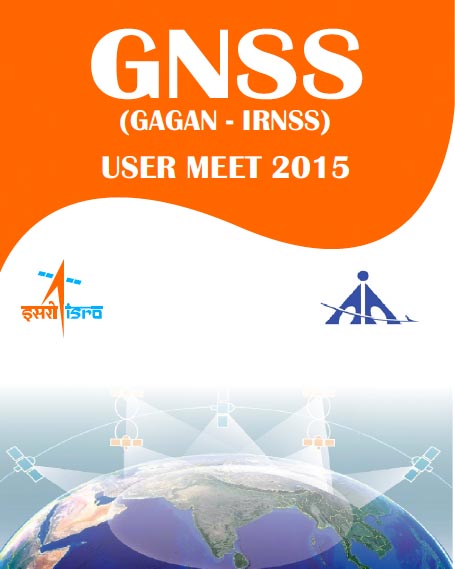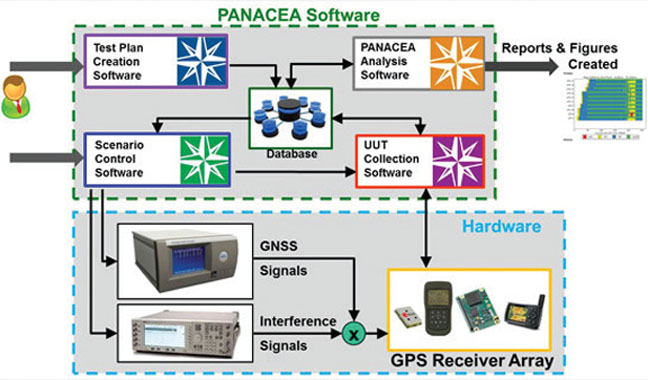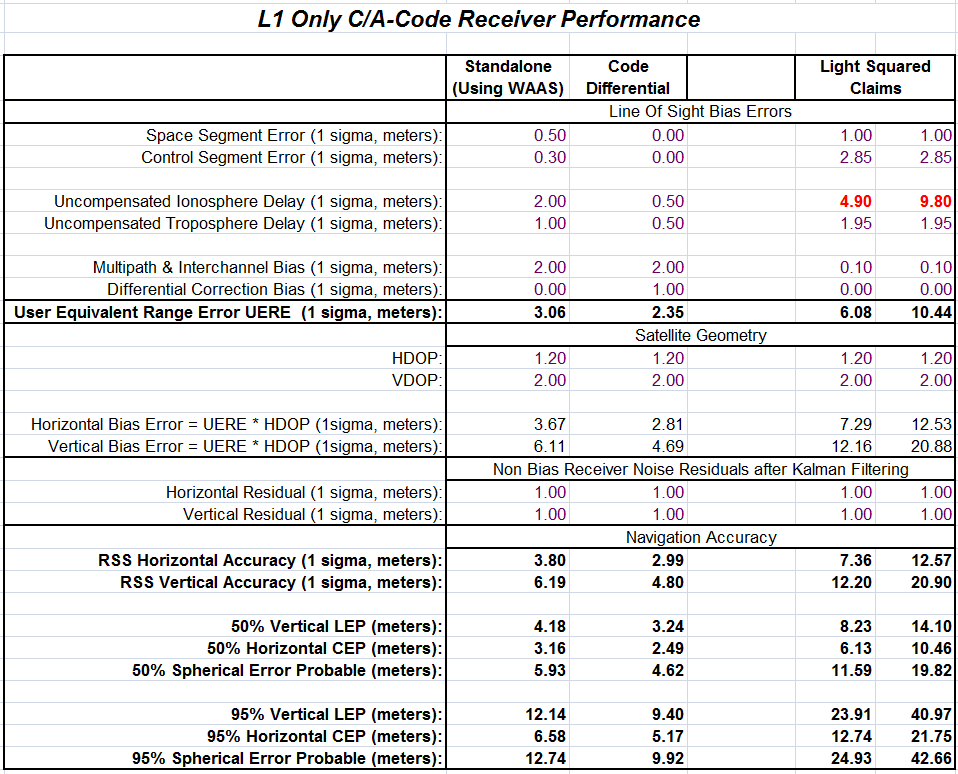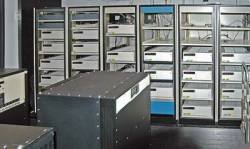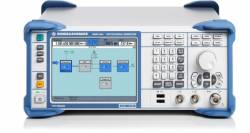New Fiscal Year Begins with Unfinished GPS Business
Most folks look to a new year as an opportunity for fresh starts and new projects. For the GPS community, however, the October 1 start of the 2016 federal fiscal year (FY16) will likely be more about the hangover — that is, the issues that are hanging over into the next 12 months, unresolved.
At the top of that list of unfinished business are two system decisions: a go/no-go determination on whether the United States will build eLoran as the U.S. backup to GPS and deciding whether or not to choose a new contractor for the GPS III program.
By Dee Ann Divis

